In the vast, mysterious depths of the ocean, where sunlight barely penetrates, a delicate creature glides effortlessly through the cold, dark waters. Known as the "sea angel," this ethereal being captivates marine biologists and ocean enthusiasts alike with its otherworldly beauty. Its scientific name, Clione limacina, hardly does justice to its almost mythical appearance. Translucent and gelatinous, the sea angel seems more like a figment of imagination than a real, living organism. Yet, it thrives in some of the harshest environments on Earth, a testament to nature’s ingenuity.
The sea angel’s body is almost entirely transparent, save for a few faint internal structures that shimmer like tiny prisms when caught in the right light. Its wing-like appendages, called parapodia, beat rhythmically, propelling it through the water with an elegance that belies its predatory nature. Unlike its namesake, this creature is no gentle herbivore. It feeds exclusively on sea butterflies, another type of small mollusk, using hooked tentacles to grasp its prey with surprising ferocity. The contrast between its delicate appearance and its ruthless hunting tactics is just one of the many paradoxes that make the sea angel so fascinating.
What truly sets the sea angel apart is its ability to survive in extreme conditions. Found primarily in the Arctic and subarctic regions, it endures temperatures that would be lethal to most marine life. Its gelatinous body lacks a shell, making it vulnerable to predators, yet it has evolved a unique defense mechanism: the production of a chemical deterrent that repels would-be attackers. This adaptation, combined with its near-invisibility in the water, allows it to navigate the icy depths with relative impunity. Scientists are only beginning to unravel the secrets of its biochemistry, which could hold clues for medical and industrial applications.
The life cycle of the sea angel is as enigmatic as its appearance. Unlike many marine species, it does not undergo a dramatic metamorphosis from larva to adult. Instead, it emerges from its egg as a miniature version of its mature self, growing gradually as it feeds and matures. Reproduction is equally intriguing; sea angels are hermaphrodites, capable of producing both eggs and sperm. When two individuals meet, they engage in a delicate courtship dance before exchanging genetic material. This dual reproductive strategy maximizes their chances of survival in the sparse, nutrient-poor environments they inhabit.
Despite its resilience, the sea angel is not immune to the threats posed by climate change. Rising ocean temperatures and acidification could disrupt the delicate balance of its ecosystem, affecting both its prey and its own survival. Researchers have already observed shifts in its distribution, with some populations moving poleward in search of colder waters. The fate of this translucent marvel is intertwined with the health of the oceans, serving as a poignant reminder of the fragility of even the most adaptable creatures.
For centuries, the sea angel has inspired myths and legends among the indigenous peoples of the Arctic. Some cultures view it as a spirit guardian of the sea, a symbol of purity and resilience. Modern science has demystified much of its biology, but the sense of wonder it evokes remains undiminished. Whether encountered in the wild or studied in a laboratory, the sea angel continues to enchant all who encounter it. Its existence is a reminder of the boundless creativity of evolution and the countless mysteries still waiting to be uncovered in the ocean’s depths.
As we delve deeper into the study of marine life, the sea angel stands as a beacon of the unknown. Its transparency is not just a physical trait but a metaphor for the clarity it brings to our understanding of adaptation and survival. In a world where so much of the ocean remains unexplored, creatures like the sea angel remind us of the beauty and complexity lurking beneath the waves. They challenge us to look beyond the surface, to appreciate the intricate web of life that sustains our planet. And perhaps, in doing so, we might find new ways to protect these fragile ecosystems before they vanish into the abyss.
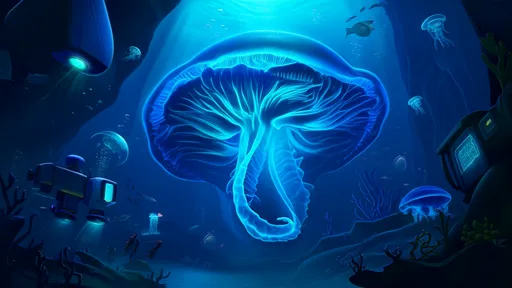
By /Jun 10, 2025
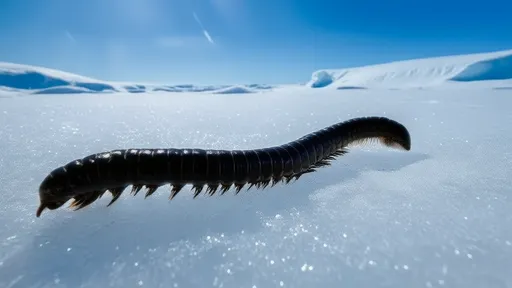
By /Jun 10, 2025
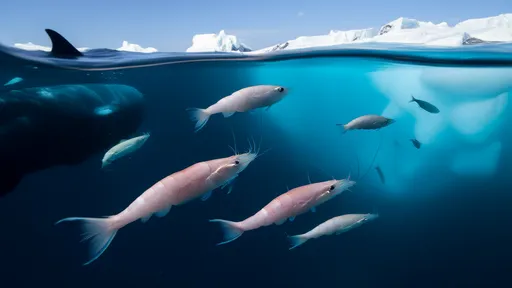
By /Jun 10, 2025
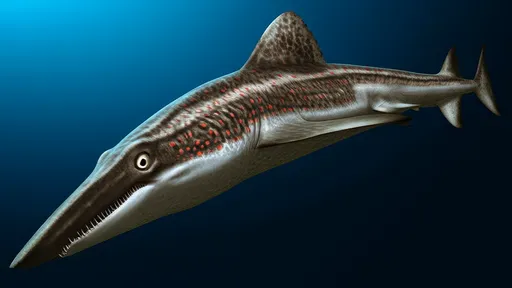
By /Jun 10, 2025
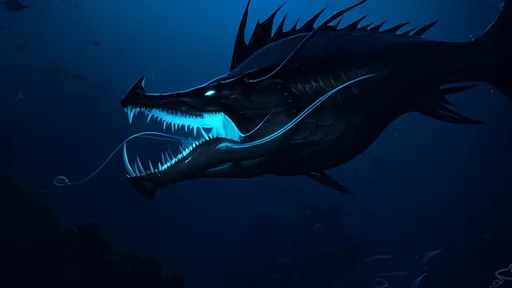
By /Jun 10, 2025
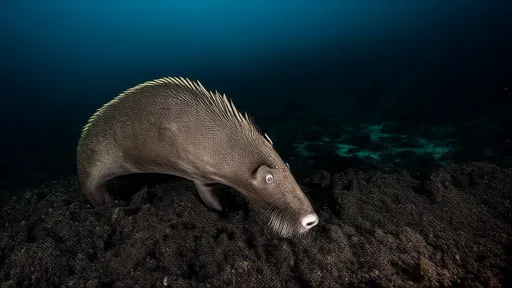
By /Jun 10, 2025
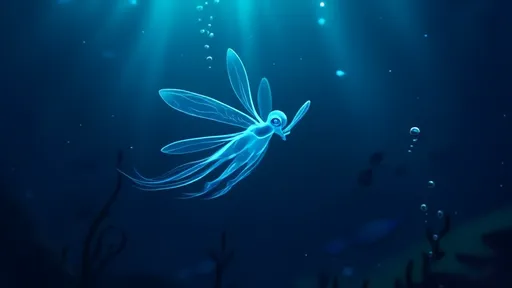
By /Jun 10, 2025
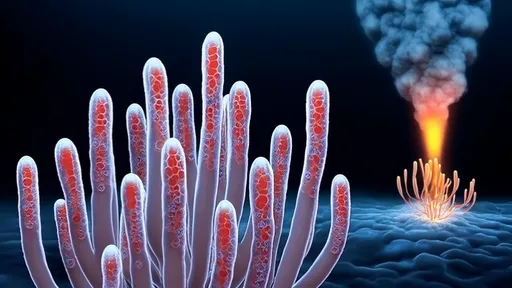
By /Jun 10, 2025
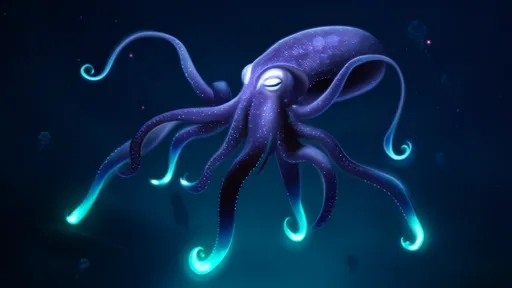
By /Jun 10, 2025
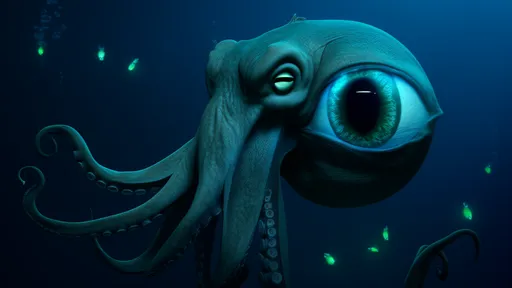
By /Jun 10, 2025
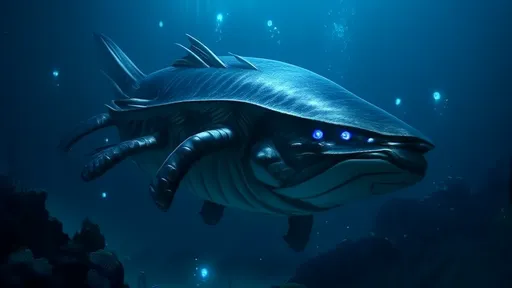
By /Jun 10, 2025
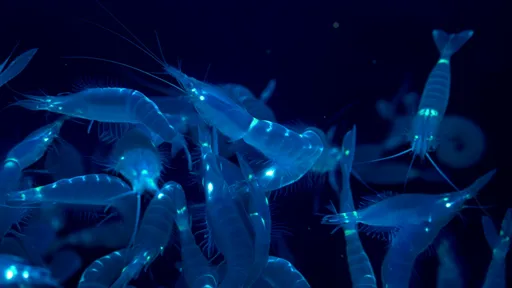
By /Jun 10, 2025
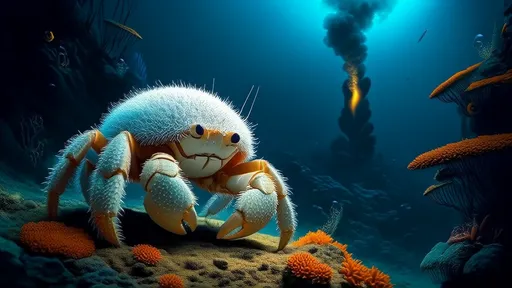
By /Jun 10, 2025
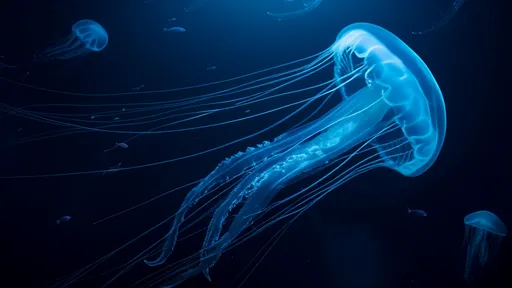
By /Jun 10, 2025
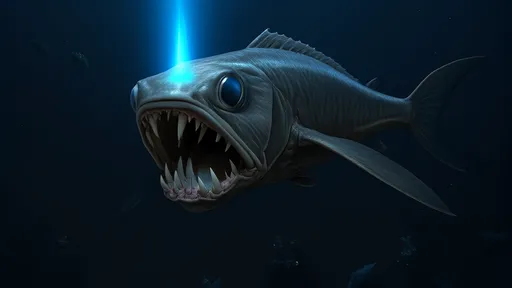
By /Jun 10, 2025